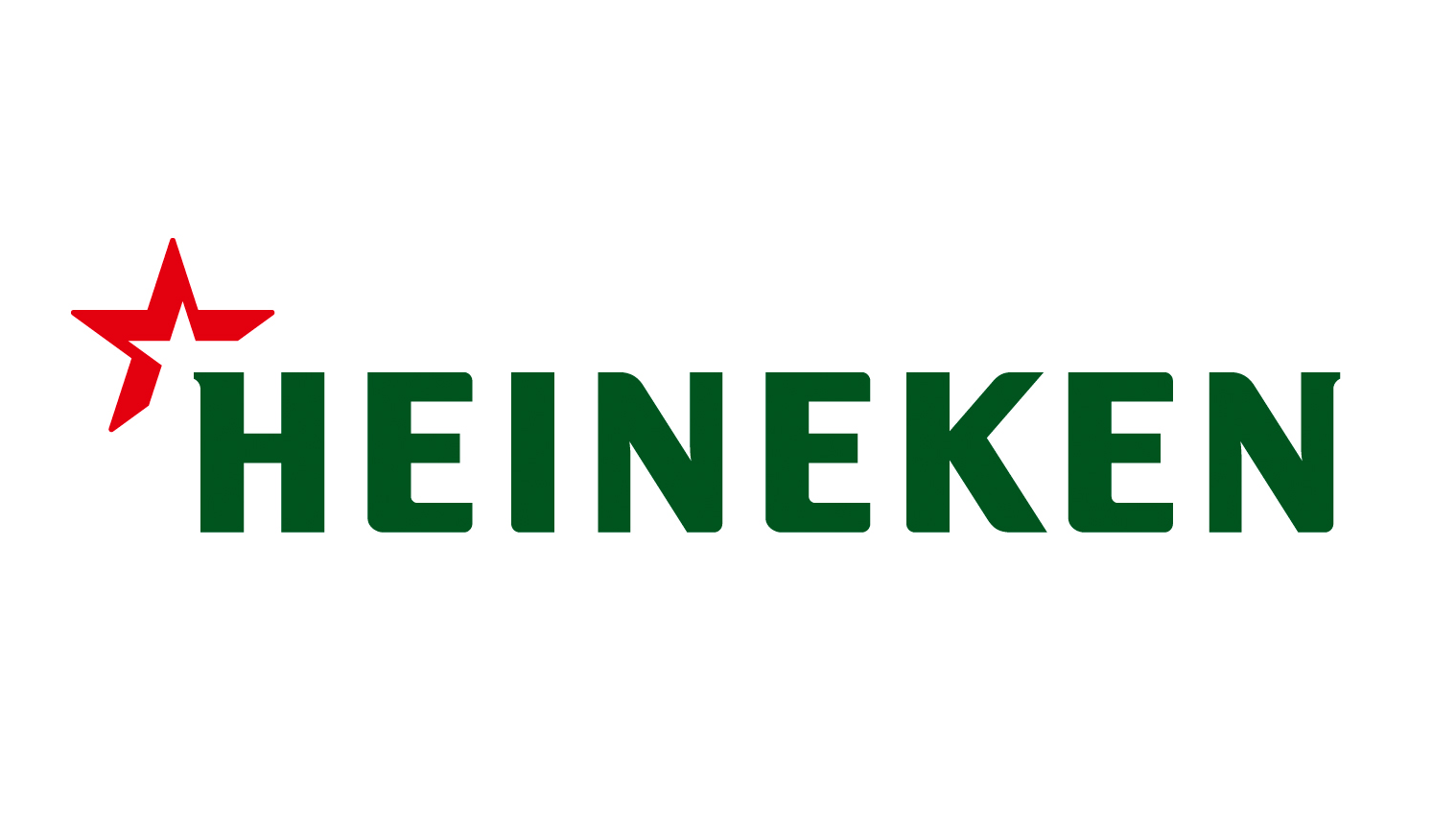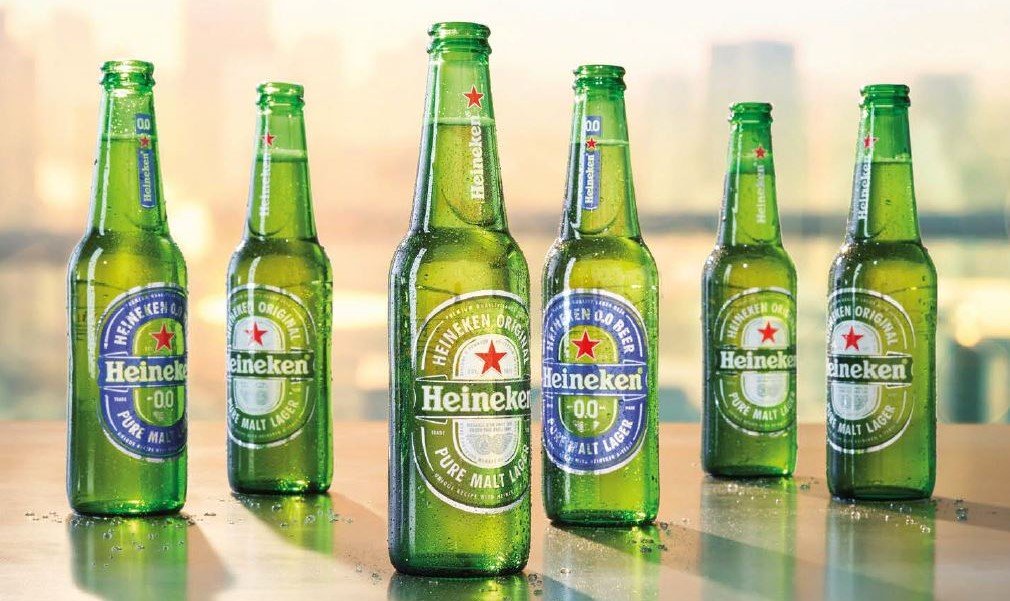Heineken SWOT analysis – SWOT analysis of Heineken: The Dutch Brewer Heineken International was a company that operated around 160 breweries throughout the globe. The company that markets its own Heineken brand Heineken around the globe also has other brands like Amstel, Desperados, Tiger, Tecate, and Red Stripe.
The company was founded in 1865. It was founded by Gerard Adriaan Heineken in Amsterdam. The company markets its products throughout Europe, Asia Pacific, North America, South America, the Middle East, and Africa. It owns more than 250 brands, making Heineken one of the most important Breweries in the world. Heineken sells various brands across different countries, and its specialty products include flavored cider, flavored beer brands, as well as malt beer.
The company is able to produce an annual capacity of 185 million bottles of beer. Their annual revenue is around 2000 crores Euros. The company employs over 180,000 employees at its locations across the globe. It has always been a sensitive and inclusive company.
Heineken fun facts: Heineken USA was founded in 1946, but it first earned a place in American beer history in 1933. That year, it became the first beer import to re-enter the U.S. market after Prohibition.
About Heineken – SWOT analysis of Heineken
Contents
- 1 About Heineken – SWOT analysis of Heineken
- 2 Heineken Competitors
- 3 SWOT analysis of Heineken – Heineken SWOT analysis
- 4 Strengths of Heineken – Heineken SWOT analysis
- 5 Weaknesses of Heineken – SWOT Analysis Of Heineken
- 6 Opportunities of Heineken – Heineken SWOT analysis
- 7 Threats of Heineken – SWOT analysis of Heineken
- 8 Overview Template of Heineken SWOT analysis
- 9 Conclusion
[wp-svg-icons icon=”office” wrap=”I”] Company: Heineken N.V.
[wp-svg-icons icon=”user” wrap=”I”] CEO: Dolf van den Brink
[wp-svg-icons icon=”user” wrap=”I”] Founder: Gerard Adriaan Heineken
[wp-svg-icons icon=”calendar” wrap=”I”] Year founded: 15 February 1864, Amsterdam, Netherlands
[wp-svg-icons icon=”location-2″ wrap=”I”] Headquarters: Amsterdam, Netherlands
[wp-svg-icons icon=”stats” wrap=”I”] Annual Revenue: Euro€23.8 billion
[wp-svg-icons icon=”bars” wrap=”i”] Profit | Net income: Euro€3.32 billion
[wp-svg-icons icon=”users” wrap=”I”] Number of employees: 85000
[wp-svg-icons icon=”pie” wrap=”i”] Products & Services: Food and Beverage Services
[wp-svg-icons icon=”globe” wrap=”I”] Website: www.theheinekencompany.com
Heineken Competitors
[wp-svg-icons icon=”pacman” wrap=”I”] Competitors: Guinness | Asahi Breweries | Jack Daniels | AJE | Carlton & United Breweries | Pernod Ricard | CCU | Carlsberg Group | Greene King | Anheuser-Busch Inbev | Molson Coors | Diageo | Hopworks Urban Brewery | Societe Commerciale de Brasserie
SWOT analysis of Heineken – Heineken SWOT analysis
SWOT Analysis Of Heineken is brand-based. SWOT Analysis of Heineken evaluates the brand’s strengths, weaknesses, opportunities, and threats. Advantages and disadvantages can be attributed to internal factors while opportunities and threats can be attributed to external factors. We will be discussing Heineken’s SWOT Analysis. Below is the detailed SWOT Analysis of Heineken.
Let’s talk about Heineken’s SWOT assessment.
Strengths of Heineken – Heineken SWOT analysis
Differentiated products for different markets: Though Heineken owns 250 brands, not all brands are available across each market as the firm also has diverse products to cater to different markets. Amstel, Primus, and Walia along with Heineken are the names that are available throughout Africa, the Middle East, and Eastern Europe. The American market is given popular brands such as Heineken, Tecate, Amstel, Sol, and Dos Equis, and Heineken, Anchor, Larue, Tiger, and Bintang are sold in the Asia Pacific. To cater to the European market, in addition to Heineken The company also sells other brands like Cruzcampo, Birra Moretti, and Zywiec along with Strongbow Apple ciders.
Different flavors: Heineken beers are known for their many variations. For instance, Amstel’s is available in many different variants including:
- Amstel Lager
- Amstel Light
- Amstel Bright
- Amstel Premium Pilsener
- Amstel Radler
- Affligem (Double, Blonde)
Tiger is sold in various variants:
- Orchard Thieves
- Strongbow Apple Ciders
- Stassen
- Old Mout
- Bulmers
- Blind Pig
These varieties not only assist Heineken to reach an enormous audience but also help them meet certain tastes of customers.
The focus is on Heineken: Although the company offers a variety of different brands of beer they only have one international brand, which is Heineken. The company has always focused on its brand Heineken in all of its promotional activities and all the brands are presented as sub-brands of each location. This method has contributed to increasing the brand’s recall and awareness of Heineken.
The segment of target: Quite different from their rivals who don’t have a distinct segment to focus on, Heineken focuses on the young adult with their flavored beer category, which is one of their distinct products. The flavors are also determined after extensive research into how the targeted segment.
Weaknesses of Heineken – SWOT Analysis Of Heineken
- Currency Fluctuations: Heineken relies on foreign countries for more than 70 % of its revenue and fluctuating currency rates such as the Euro crisis, Brexit, and the rise of the dollar have impacted the profits of the company.
- Low margins: The primary markets of Heineken are countries that are developing where the beer industry is mature, and the sole selling factor for Heineken is the pricing. Although Heineken enjoys good margins when it comes to flavor-based beers, the same can’t be said for the regular brand which makes up the majority of the company’s business.
- Anheuser Busch Sab Miller Integration: Anheuser Busch and their largest competitor Sab Miller has entered into a merger that makes them the most powerful company in the business of liquor. This has radically affected the business worldwide of Heineken which will require massive strategies to stop this merger.
Opportunities of Heineken – Heineken SWOT analysis
- Microbreweries: Many bars across the globe are now brewing their own beer and consumers are taking advantage of these beers over branded beer. This is a huge chance for experienced brewers like Heineken who are thinking of launching their own microbrewery chain.
- Exposure: The difference is that in comparison to the past, people know more about international brands of beer and wine, and today, a lot of young consumers specifically want special flavors of beer or wines with distinct flavors. This could be an ideal opportunity for Heineken to profit from.
Threats of Heineken – SWOT analysis of Heineken
- Competition: Some of the major rivals of Heineken include Miller, Fosters, Anheuser Busch as well as Molson Coors.
- Legal Hassles: The most significant threat to any alcohol business is overcoming any legal barriers that could be faced when they have to sell their products in international markets. This is a matter of licensing, red tape, and the necessary permits which can be both costly and tedious.
You May Also Like:
- Aldi SWOT analysis – SWOT analysis of Aldi
- Virgin Atlantic SWOT analysis – SWOT analysis of Virgin Atlantic
- Lush SWOT analysis – SWOT analysis of Lush
- Qantas Airlines SWOT analysis – SWOT analysis of Qantas Airlines
- Oral- B SWOT analysis – SWOT analysis of Oral- B
Overview Template of Heineken SWOT analysis
Conclusion
Consumers are wanting more and more tailored products and experiences in a fast-changing world. Heineken has to constantly improve their branding marketing techniques while maintaining a consistent value image to be at the top for nearly 150 years. The brand’s campaigns were meticulously created to offer shareable themes, increase brand awareness, and maintain the brand’s position as the world’s top brewery. Despite its brilliant product portfolio and reach, the company is facing increasing competition, especially on a local level with craft beers and the merged strength of SAB and Miller.
Even the best brands can suffer at the hands of increasing competition in the market. In the face of rising competition, impactful marketing becomes a necessity for the company. Hence, gaining a professional understanding of digital marketing is essential if you wish to work in highly competitive industries such as alcoholic beverages.
This is the SWOT analysis of Heineken. Please let us know if you have additional suggestions to add.
[wp-svg-icons icon=”bubbles” wrap=”i”] Let us know What do you think? Did you find the article interesting?
Write about your experiences and thoughts in the comments below.



